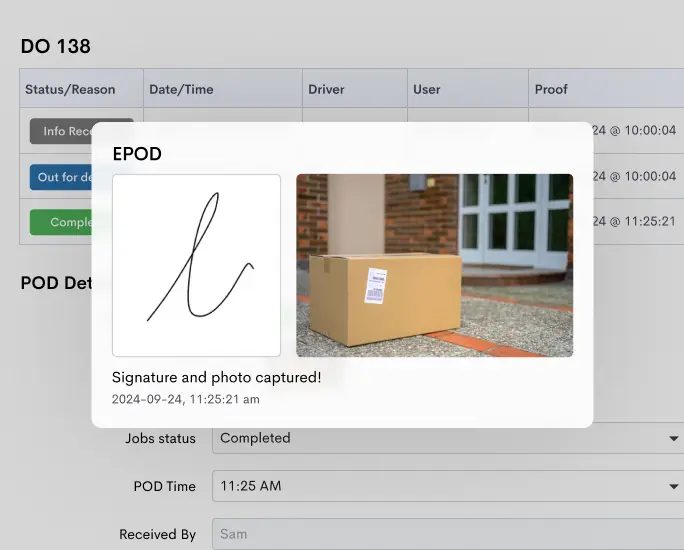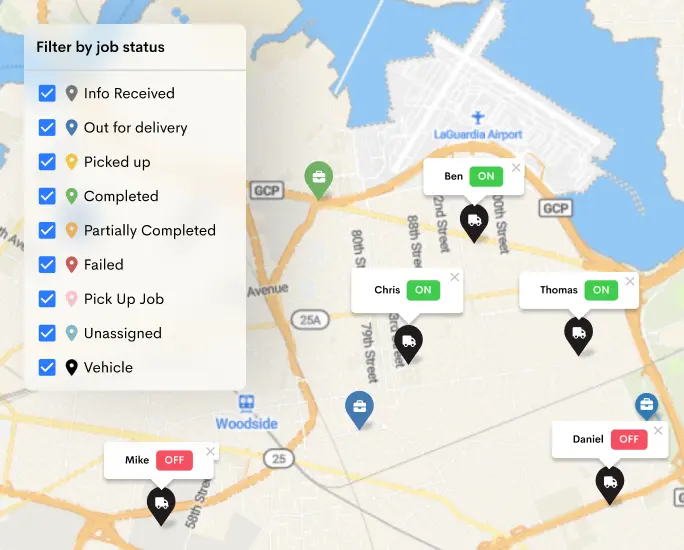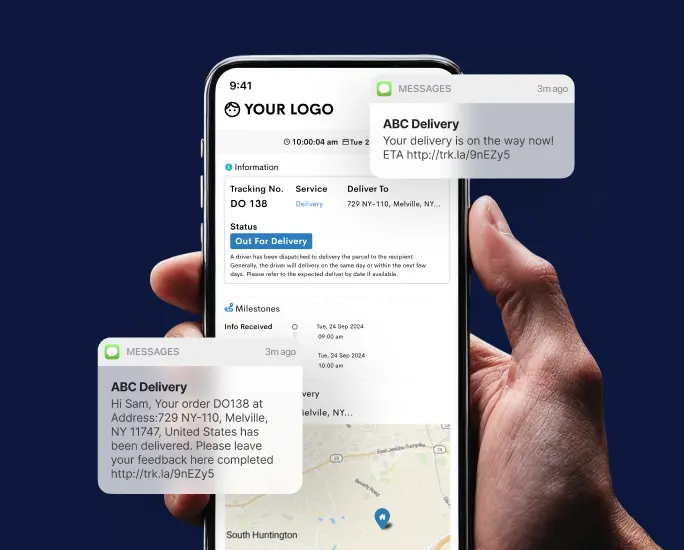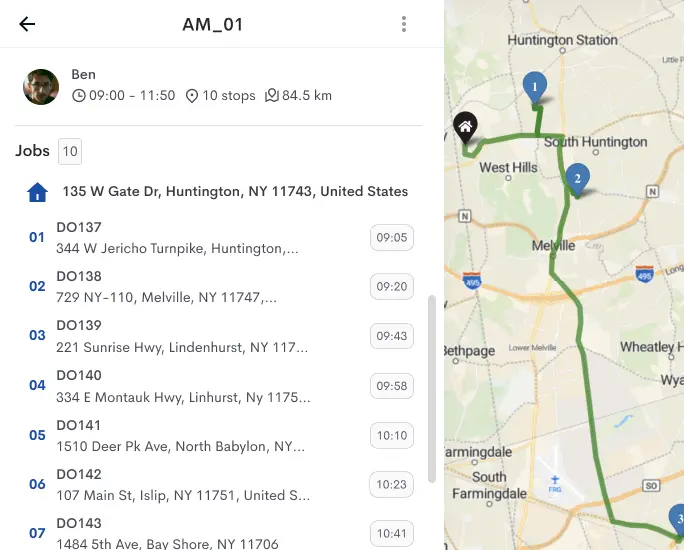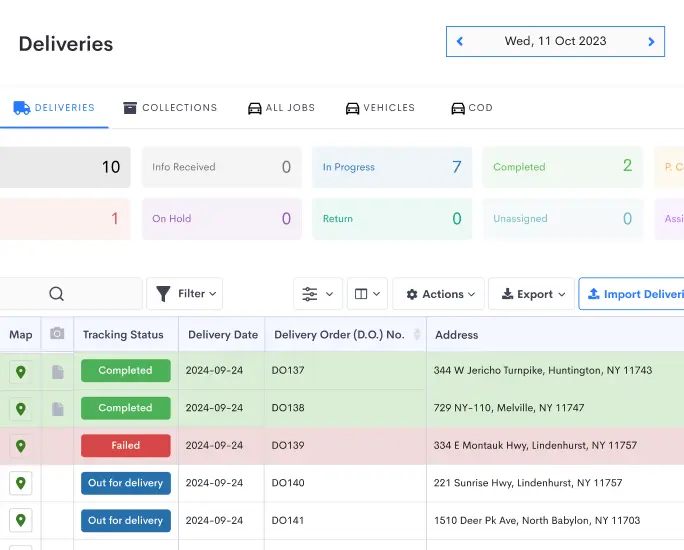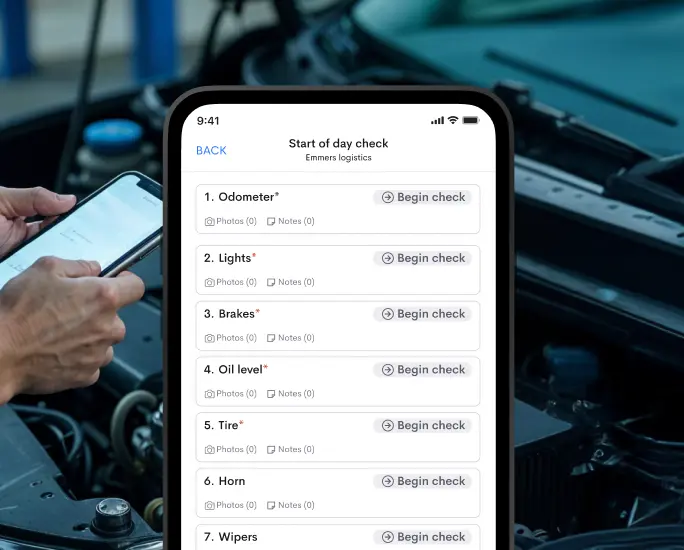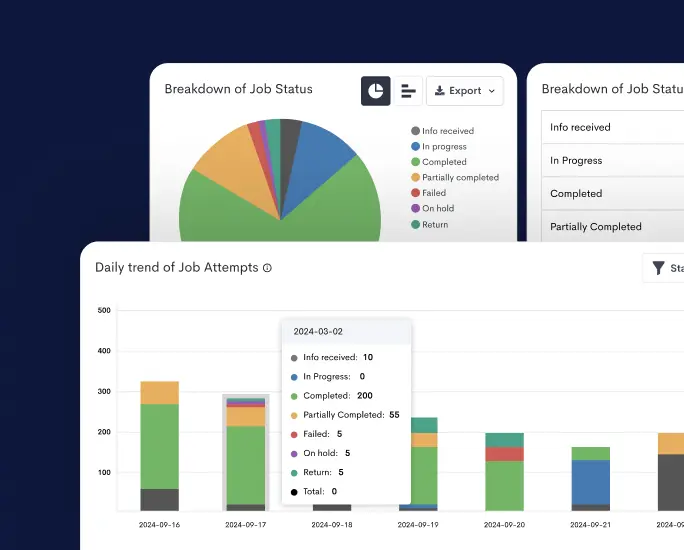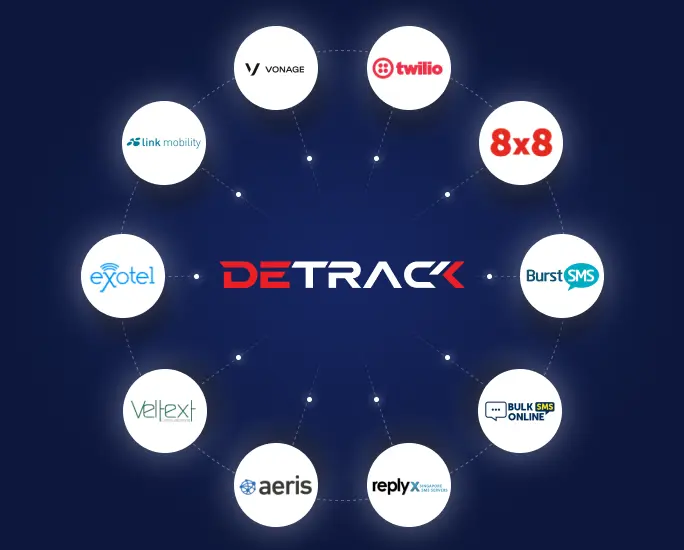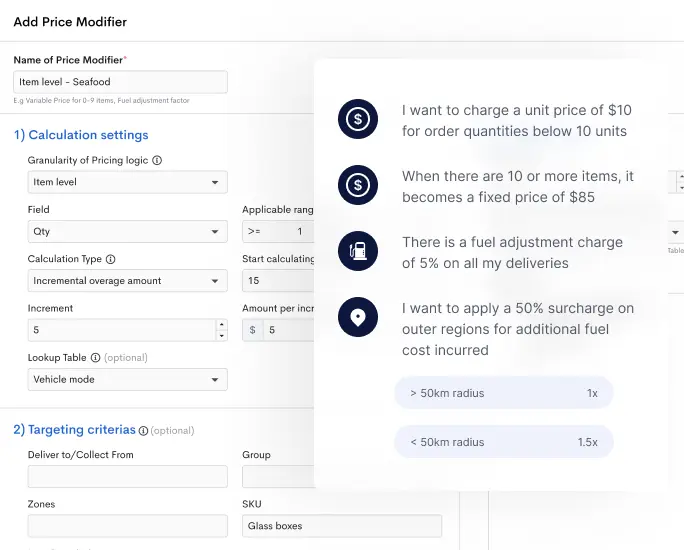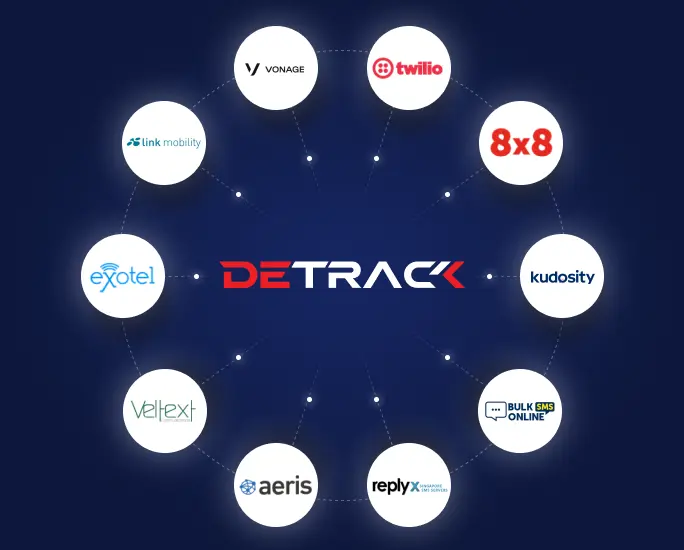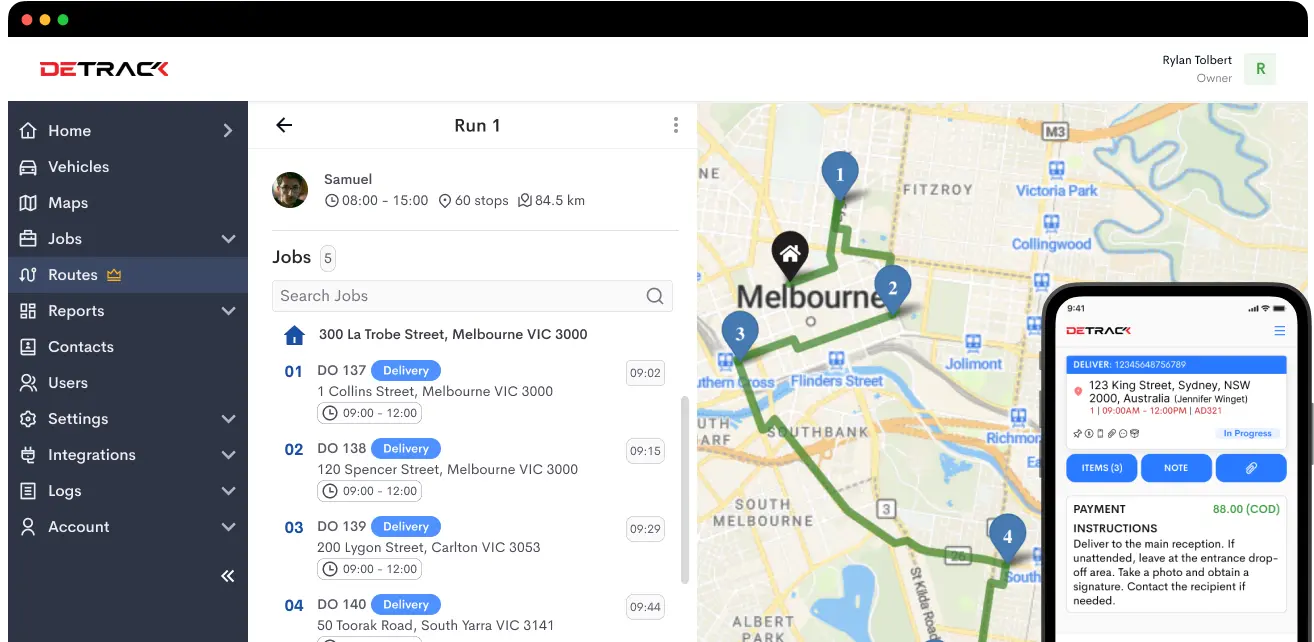Designing a logistics network isn’t just about drawing lines between warehouses and customer locations. It’s more like playing 4D chess blindfolded—while riding a roller coaster.
Okay, maybe not that dramatic. But let’s face it: logistics network design is a beast. From balancing cost with speed to handling unpredictable customer demand, it’s a constant game of trade-offs, recalculations, and “what if” scenarios. But fear not! If you’re navigating this complex terrain, you’re not alone—and certainly not without the tools and strategies to conquer it.
In this blog, we’re looking into the 10 most common challenges in logistics network design—and, more importantly, the smart strategies you can use to solve them.
1. Balancing Cost and Service Levels
The Challenge:
You want to offer lightning-fast delivery and 24/7 customer support… but your budget thinks otherwise.
Fast service typically means more warehouses, inventory, and delivery routes, all of which drive up costs. But trimming the network to cut expenses suddenly means your customers are waiting 5–7 business days.
The Strategy:
This is where network optimization models shine. Use data analytics to simulate various scenarios- increasing warehouse count or shifting to regional fulfillment centers—and measure the cost-service trade-offs. Tools like linear programming or a delivery management system like Detrack can help you model this balance effectively.
Also, tiered service levels should be considered, such as offering same-day delivery for premium customers and standard shipping for others.
2. Demand Uncertainty
The Challenge:
Customers are unpredictable. One month you’re coasting, the next you’re slammed with orders—and your network isn’t always ready.
Seasonality, promotions, pandemics (yikes)—these fluctuations make forecasting demand feel like peering into a crystal ball.
The Strategy:
Get cozy with predictive analytics. By analyzing historical trends and external factors (like weather or social media buzz), you can more accurately anticipate spikes or lulls.
Also, design your network flexibly—think pop-up warehouses, third-party logistics (3PL) partnerships, delivery management software, or even micro-fulfillment centers in urban areas that can be activated quickly during peaks.
3. Global Supply Chain Complexity
The Challenge:
If your logistics network spans multiple countries, you’re dealing with regulations, tariffs, shipping modes, and time zones—not to mention political instability or natural disasters.
The Strategy:
Use scenario planning tools to identify and prepare for global risks. Build a network with redundancy, such as dual-sourcing or maintaining backup suppliers in different regions.
For long-haul shipping, multimodal transportation planning (combining air, sea, and land transport) gives you options when one mode faces disruptions. Remember to stay on top of international trade regulations—customs delays can eat into your SLAs.
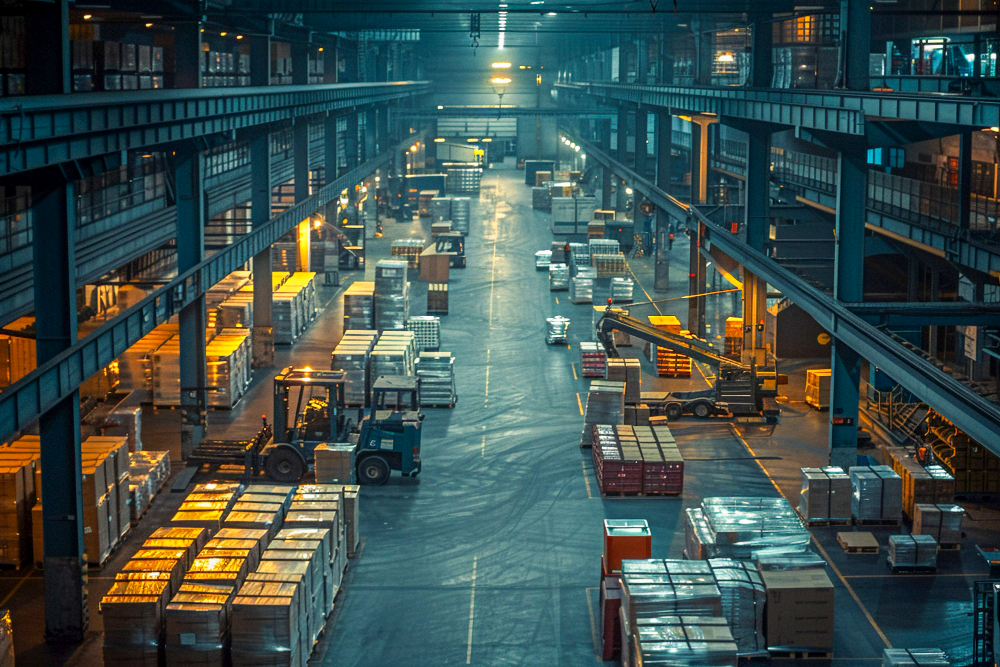
4. Poor Visibility Across the Network
The Challenge:
You can’t improve what you can’t see. A lack of real-time visibility makes it hard to respond to delays, optimize routes, or understand where bottlenecks exist.
The Strategy:
Implement a parcel tracking system—like Detrack—to get live updates on vehicle location, delivery status, and ETAs.
Consider IoT sensors in trucks and warehouses for broader visibility, and integrate your logistics tech stack with a centralized dashboard for better control.
5. Inefficient Warehouse Placement
The Challenge:
A warehouse in the wrong location is like having a pizza oven in your bathroom—technically functional, but far from ideal.
Poorly placed warehouses lead to higher transportation costs, longer delivery times, and inventory imbalances.
The Strategy:
Use location analysis tools that factor in proximity to customers, transportation hubs, labor availability, and real estate costs. Geographic Information Systems (GIS) are great for visualizing these factors.
Also, regularly re-evaluate your warehouse locations. As your customer base shifts, your network needs to evolve too.
6. Inventory Imbalance
The Challenge:
There is too much stock in one warehouse and not enough in another. One region is overstocked, while another is scrambling to fulfill orders.
The Strategy:
Adopt a centralized inventory management system that updates in real-time across all network nodes. Consider demand-driven replenishment, where inventory is moved based on actual consumption rather than forecasts.
You can also leverage dynamic safety stock levels that adjust automatically based on demand variability.
7. Last-Mile Delivery Inefficiencies
The Challenge:
Ah, yes, the infamous last mile. It’s the shortest leg of the delivery journey—and the most expensive, time-consuming, and unpredictable.
Last-mile challenges can sink your entire logistics plan, from traffic jams to failed deliveries.
The Strategy:
Use route optimization software to plan the most efficient delivery paths based on real-time traffic and delivery windows. Enable contactless delivery with proof-of-delivery tools like Detrack, and consider crowdsourced delivery models or local delivery partners to increase flexibility in urban areas.
Adding pickup points or lockers can reduce failed delivery attempts and boost efficiency.

8. Environmental and Sustainability Concerns
The Challenge:
Consumers and regulators alike are demanding greener logistics operations. However, eco-friendly changes can sometimes feel costly or complicated.
The Strategy:
Start with a carbon footprint audit of your logistics network. Identify the high-emission hotspots—like long-haul trucking routes or energy-hungry warehouses—and look for alternatives.
Adopt electric delivery vehicles, optimize for backhauls to avoid empty runs, and explore carbon offset programs.
Bonus: Sustainable logistics is a great branding win with eco-conscious customers.
9. Technology Integration Woes
The Challenge:
You’ve got great tools—ERP, WMS, TMS, route planning apps—but they don’t talk to each other. Data sits in silos, and syncing information is a nightmare.
The Strategy:
Invest in API-enabled platforms or logistics suites that offer end-to-end integration. Detrack, for instance, integrates easily with tools like Shopify, WooCommerce, and AfterShip, helping streamline delivery tracking and customer notifications.
Also, standardize data formats across systems to improve compatibility, and consider using middleware to bridge the gap between legacy software and modern applications.
10. Resistance to Change
The Challenge:
Your strategy’s solid, your tech stack is shiny—but your team is still stuck in the old way of doing things.
People resist change. Whether it’s retraining warehouse staff or shifting the mindset of your delivery teams, human factors often stall progress.
The Strategy:
Bring your team along for the ride. Use change management frameworks like ADKAR or Kotter’s 8-Step Process to guide the transition. Invest in training, set clear goals, and celebrate small wins to build momentum.
Also, create feedback loops so employees feel heard. When people are part of the solution, they’re more likely to support the change.
Wrapping It Up: Your Blueprint for a Smarter Logistics Network
Logistics network design isn’t a one-and-done project—it’s a living, breathing strategy that must evolve with your business, customers, and the world around you.
It’s all about designing for agility, not perfection. Your network should flex with change, adapt to disruptions, and keep customer satisfaction at the core.
And remember—no one builds a perfect logistics network on the first try. Iterate, test, learn, and keep optimizing.
With tools like Detrack, you can streamline your logistics operations—from route optimization and real-time tracking to proof of delivery and seamless integrations. It’s your backstage pass to smoother, smarter deliveries.
Try Detrack Today or Book a Demo to see how it fits your logistics game plan.
